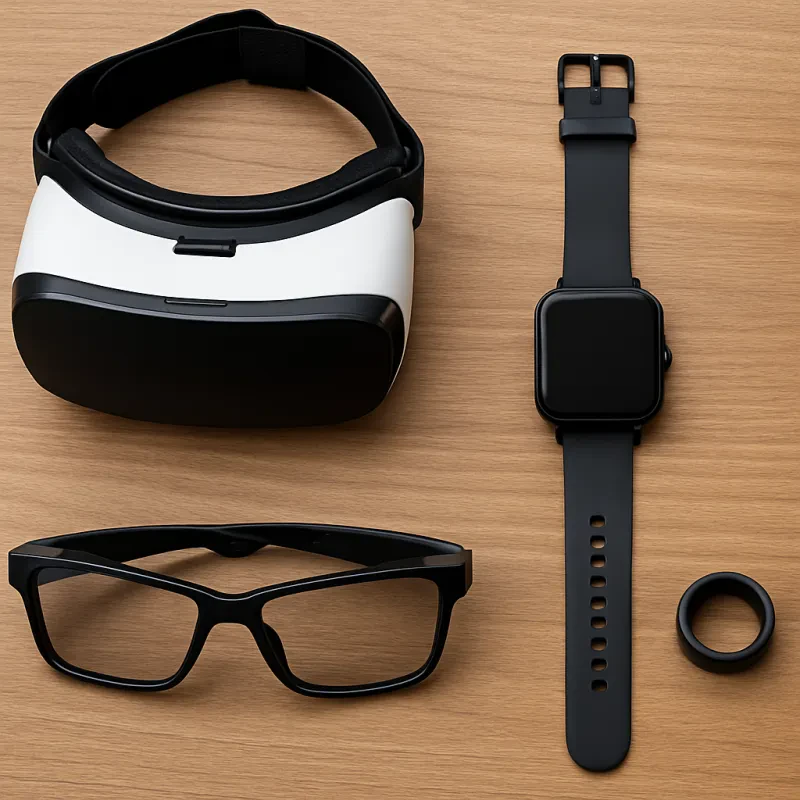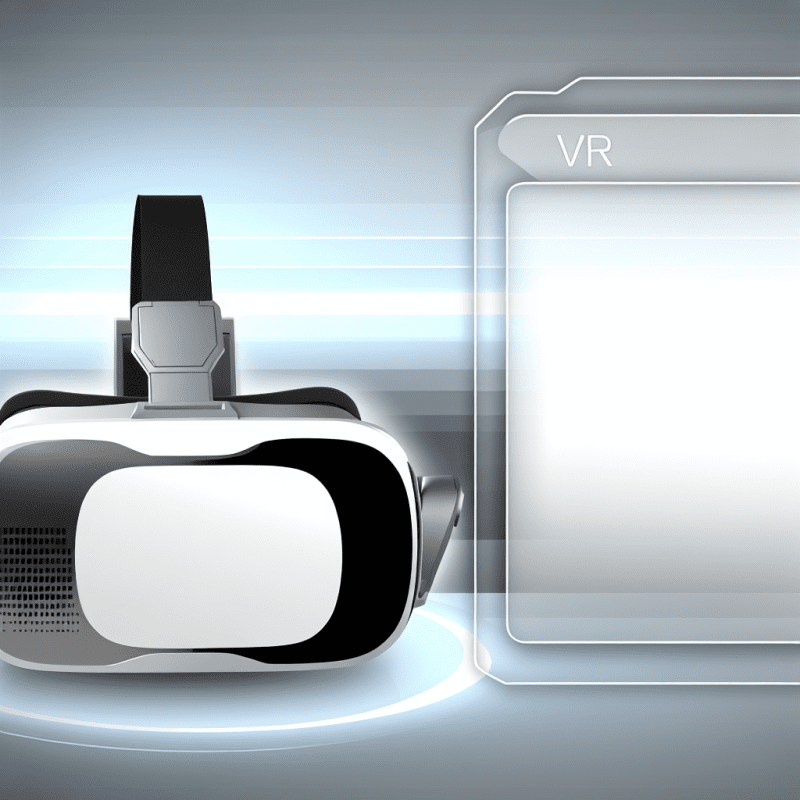A heart rate monitor is a handy device that lets you keep tabs on your heart rate in real-time. These monitors can give you important insights during workouts or daily activities. Whether you’re hitting the gym or just trying to stay active, knowing your heart rate can help you stay within your desired intensity levels.
Most heart rate monitors come in two main types: chest straps and wrist-based monitors. Chest straps are often favored by serious athletes because they provide accurate readings. They fit snugly around your chest and connect to a watch or app that displays your heart rate. On the other hand, wrist-based monitors look like smartwatches and are super convenient for everyday use. They’re great if you want something simple, especially if you’re into tracking your overall fitness, not just heart rate.
Using a heart rate monitor can really enhance your workouts. By keeping an eye on your heart rate zones—like the fat-burning zone or the cardio zone—you can optimize your exercise routine. This means you’re not just exercising; you’re exercising smartly. If your goal is to lose weight or boost endurance, knowing when to up the intensity or slow down can make a big difference.
Plus, many heart rate monitors come with additional features like sleep tracking, calorie counting, and even water resistance. This means they’re not just for workouts but can give you a fuller picture of your health. If you’re serious about your fitness journey or just want to feel your best, a heart rate monitor is definitely a tool worth considering.
How Heart Rate Monitors Work
Heart rate monitors are pretty cool devices that keep track of how fast your heart's beating. These gadgets use either optical sensors or electrodes to find your heart rate. If you've ever seen someone wearing a fitness tracker or a watch with a screen, you’ve likely seen heart rate data in action. The technology is simple, yet effective!
Optical heart rate monitors work by shining a light through your skin. They measure the amount of blood flowing in your veins. When your heart beats, more blood flows through, and the sensors detect changes in the light absorption. It's all about those little pulses! This method is common in smartwatches and fitness trackers.
On the flip side, you have chest strap monitors that use electrodes. These straps sit snugly against your skin and pick up electrical signals produced by your heart. They're often used by athletes looking for precise readings during workouts. They can provide real-time feedback and are known for being super accurate.
Most heart rate monitors come with features that let you set your target heart rate zone. This is handy if you’re training for a marathon, trying to burn fat, or just want to stay fit. The device will alert you when you're above or below your desired range. This way, you can adjust your effort and get the most out of your workouts.
Whether you prefer a sleek smartwatch or a reliable chest strap, heart rate monitors can help you keep track of your fitness journey. They’re a great way to connect your activities to your health and make informed choices about your routines. So, whatever your goals are, these little devices can be your perfect workout buddy!
Benefits of Using Heart Rate Monitors
Heart rate monitors are a game changer for anyone interested in tracking their fitness and health. They offer a ton of benefits that can make your workouts more effective and your health management easier.
First off, they give you real-time data. Instead of guessing how hard you’re working, you can see your heart rate on the screen. This helps you stay in your target heart rate zone, whether you want to burn fat, boost endurance, or just keep your heart healthy. It’s like having a personal trainer right on your wrist!
Another perk is motivation. Watching your heart rate during a workout can push you to go that extra mile or increase your intensity. It’s super satisfying to see those numbers rise and know you’re making progress. Plus, many monitors allow you to set goals and celebrate achievements, giving you a little extra motivation to keep going.
Using a heart rate monitor can also help you avoid overtraining. If your heart rate remains too high for too long, it’s a sign that you might need to cool down or take a break. This way, you can listen to your body and reduce the risk of injury. Balancing your effort is key to long-term success.
Lastly, many heart rate monitors work with apps that track your progress over time. You can see trends, analyze your workouts, and make informed decisions about your health journey. Keeping everything in one place makes it easier to stay on track and reach your fitness goals.
Choosing the Right Heart Rate Monitor
When you're in the market for a heart rate monitor, you’ve got options. Picking the right one can feel a bit overwhelming, but don’t worry, I've got you covered! Start by thinking about how you'll use it. Are you a casual jogger, a serious runner, or maybe someone looking to keep tabs on your health while cycling? Your activities will help narrow down your choices.
Next up, consider the features that matter most to you. Some heart rate monitors come with basic functionality, simply tracking your heart rate during workouts. Others offer more advanced features like GPS, sleep tracking, and even alerts for training zones. If you want to dive into data and analyze your progress, go for a model with these extra bells and whistles.
Don’t forget about comfort and style. You’ll want a monitor that feels good when you wear it. Some folks prefer a chest strap that sits tightly but unobtrusively, while others like the convenience of a wrist-based device. Make sure to try it on or check the sizing guides to get a good fit.
Lastly, check out the battery life! Depending on how often you plan to use it, you don’t want to be constantly charging your device. A model with long battery life can make your life a whole lot easier, especially during long workouts or outdoor adventures.



